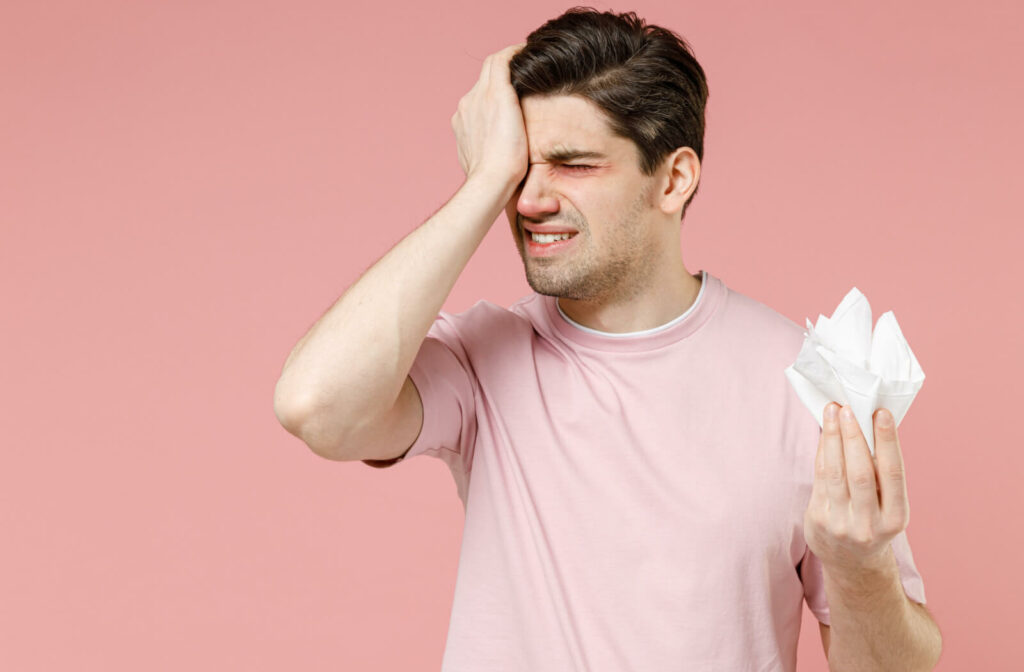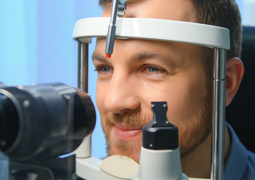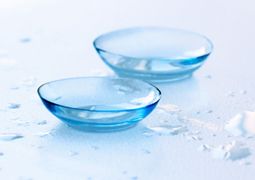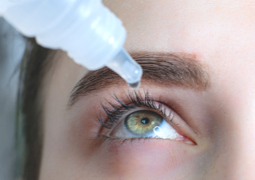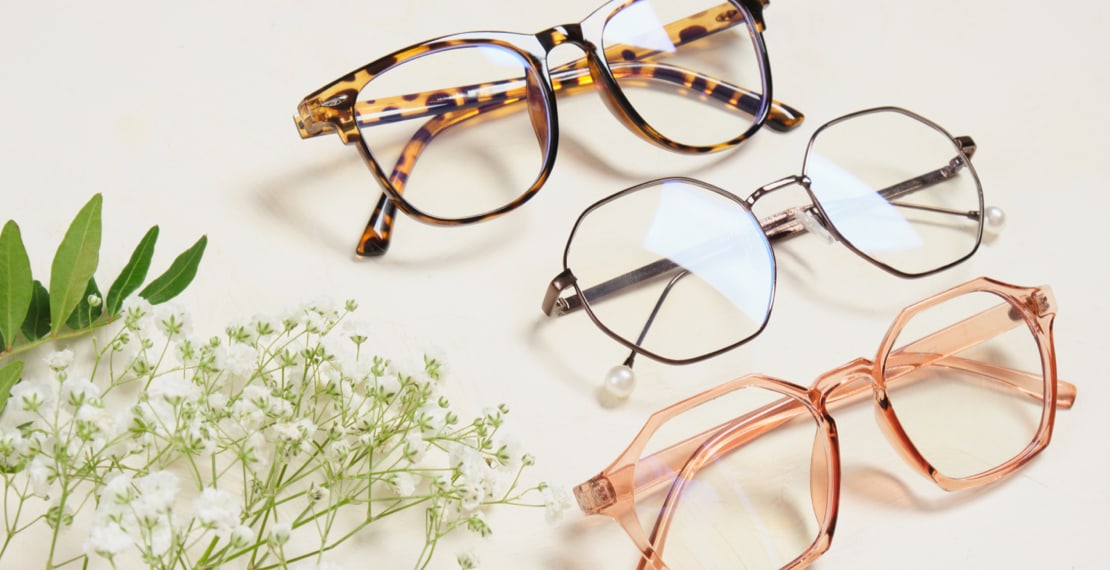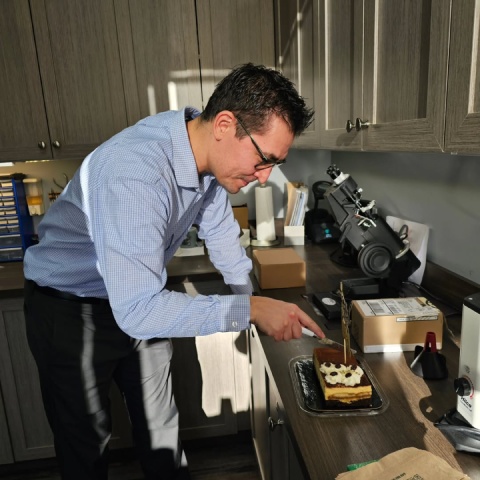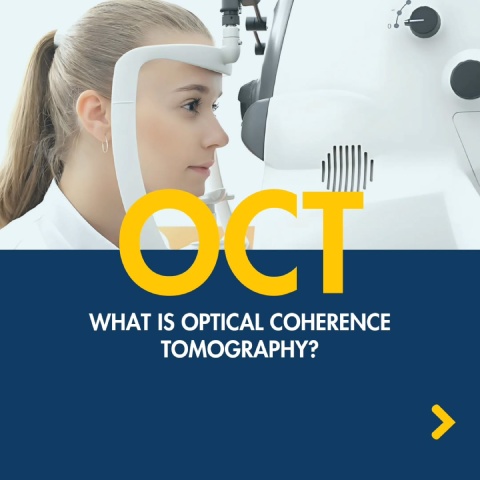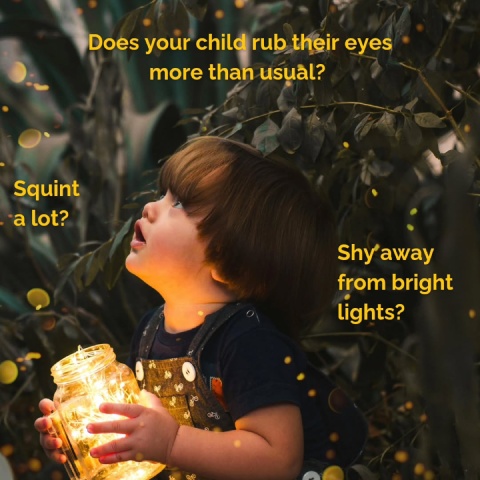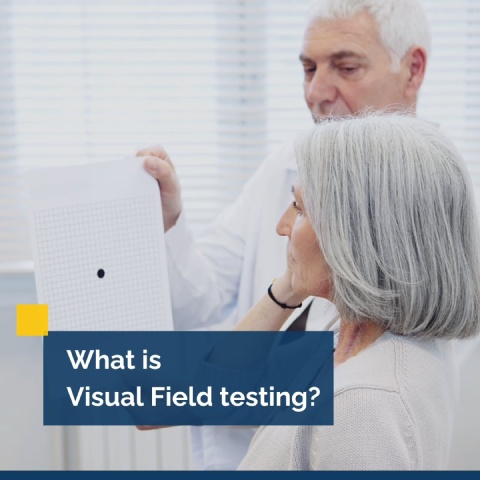Distinguishing between various eye issues is one key to seeking appropriate treatment for ocular discomfort. Pink eye and styes are 2 common eye conditions that can cause redness and irritation. A couple of differentiating characteristics are the presence of a bump that could indicate a stye and more localized redness or swelling.
Regardless of which condition you think you may have, you should book an appointment with your eye doctor if symptoms don’t improve after trying a few home remedies. For example, pink eye is highly contagious and may require antibiotics, or a stye could need medical attention to drain it.
What Is Pink Eye?
Pink eye, also known as conjunctivitis, is an inflammation of the membrane that lines the white part of your eye and the inside of your eyelids. It’s often caused by an infection, allergies, or something that irritates the eyes, leading to redness, itching, and a gritty sensation.
Symptoms
Pink eye symptoms may vary depending on the root cause—viral, bacterial, or other—but some common symptoms include:
- Redness: The eye appears pink or red due to the inflammation.
- Discharge: You may notice a white or yellow discharge that crusts over your eyelashes, especially after sleep.
- Itchiness: An irritating, unyielding itch can be a telltale sign.
- Pain and swelling: The eye can swell and may be painful, especially with a bacterial infection.
- Increased tears: In response to irritation, the eye often produces more tears.
Causes
Pink eye can be either viral or bacterial. Viral pink eye is extremely contagious. Bacterial pink eye is typically the result of a bacterial infection that causes symptoms to linger until it’s treated. Poor handwashing and sharing personal items like towels or face cloths are 2 common ways pink eye spreads.
Allergic conjunctivitis is another form that occurs when the body overreacts to a substance such as pollen or dander. An eye allergy medicine can usually clear up allergic pink eye without much issue.
Treatment Options
Treating pink eye depends on the cause:
- Viral conjunctivitis: Treatment typically focuses on alleviating symptoms of viral infections. If a herpes infection is the cause, antiviral medications may be prescribed.
- Bacterial conjunctivitis: Antibiotic eye drops or ointments are often effective in clearing the infection within a week.
- Allergic conjunctivitis: Avoiding the allergen and using anti-allergy eye drops or oral medications can often manage symptoms.
What Is a Stye?
A stye, medically known as a hordeolum, is a small, often painful lump that can grow inside or outside the eyelid. It’s typically caused by a blocked gland that becomes infected by bacteria.
Symptoms of a Stye
A stye’s symptoms may mimic pink eye to a certain degree—these include:
- Pain: A stye is usually painful, especially if touched or rubbed.
- Redness: The border of the eyelid soon becomes red.
- Swelling: The eyelid swells, and you may even experience a burning sensation.
- Presence of a lump: You can often feel a small bump in your eyelid, sometimes accompanied by crusting.
Pink Eye vs. Styes
Styes and pink eye can present similar symptoms, such as redness, swelling, and discharge. A significant difference is the presence of a lump in the stye, indicating a localized infection in the eyelid’s oil glands.
A key visual cue for distinguishing a stye from a pink eye is the location of the redness and swelling. A stye is localized to one small area—typically on the edge of the eyelid—while pink eye usually affects the entire eye.
Home Remedies & Self-Care Tips
Tips for pink eye symptom relief include:
- Warm compresses: Apply a warm, damp cloth to the eye several times daily to reduce redness and swelling.
- Eye drops: Over-the-counter eye drops can relieve mild allergies or dry eyes.
- Good hygiene: Pink eye is highly contagious, so wash your hands and avoid touching your face. Also, don’t share towels, linens, or eye cosmetics with others.
- Warm compresses: Apply a warm compress to the affected eye for 10-15 minutes several times a day to encourage the stye to drain, which can lead to immediate relief.
- Eye cleansing: Gently wash your eyelids with water and mild baby shampoo to clean the lid, reduce the chance of a stye developing, and prevent future ones.
- Hands off: Avoid squeezing the stye because this can spread the infection.
Hygiene Practices to Prevent Pink Eye & Styes
Adopting good hygiene practices can go a long way in preventing the spread of pink eye and styes:
- Handwashing: Frequent handwashing, especially after touching the eye or face, can prevent the spread of infections.
- Proper contact lens hygiene: If you wear contact lenses, make sure you follow your optometrist’s instructions for proper cleaning and care to avoid infections.
- Avoid eye rubbing: Touching your eyes can introduce bacteria or irritants that lead to infections.

When to Seek Professional Help
If home remedies aren’t providing relief, or if the symptoms worsen, it’s important to consult an eye doctor. They can review your medical history and perform an eye examination to determine the best course of action, which may include prescription medications or a minor procedure to drain the stye.
Call our team at Calgary Family Eye Doctors today to book an appointment. We’re happy to look at your eyes, review your symptoms, and provide a treatment plan to clear up the irritation or infection.


